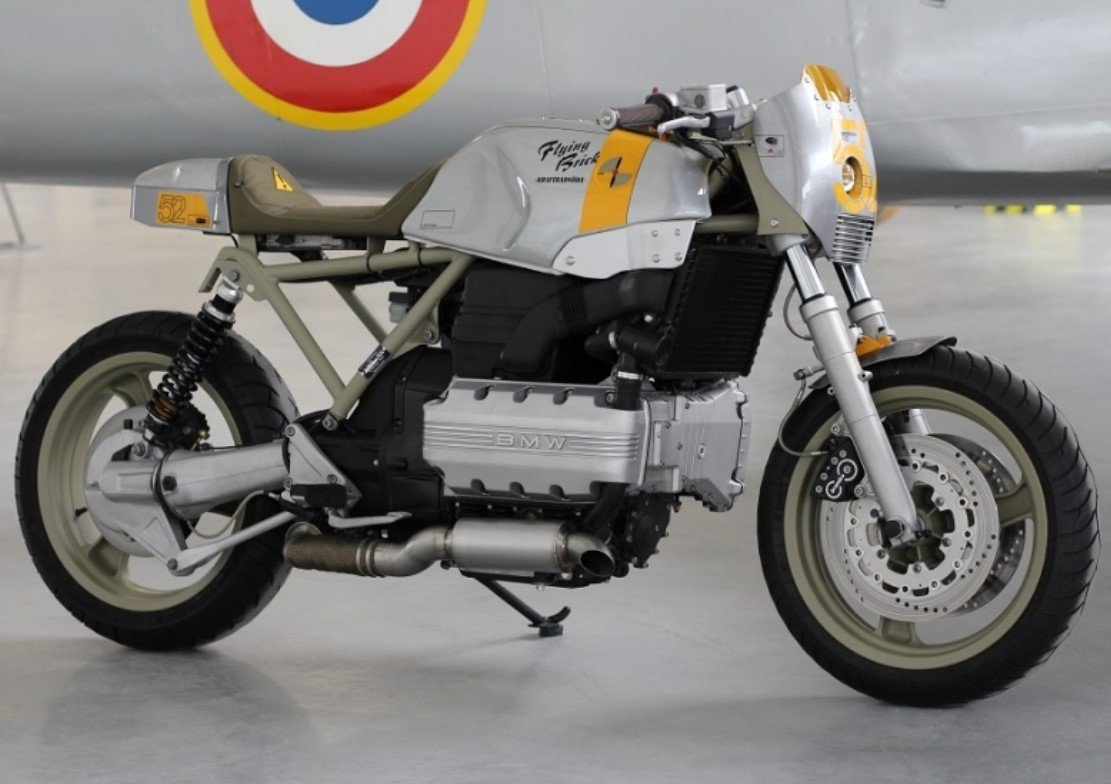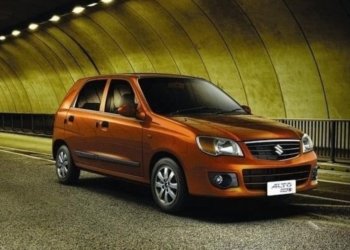The BMW K100, affectionately known as the “Flying Brick,” is a remarkable motorcycle that defied convention and left a lasting impact on the motorcycling world. Born in the early 1980s, the K100 was BMW’s response to the changing landscape of motorcycle engineering and design. Let’s delve into the fascinating story of this unconventional bike.
Introduction
The BMW K100 was part of the K-series family of motorcycles produced by BMW from 1983 to 1992. Its distinctive features included a liquid-cooled inline-4 engine, a shaft drive, and a unique layout that set it apart from its contemporaries. Despite initial skepticism, the K100 proved to be a reliable and enduring machine, earning a place in motorcycle history.

The Engine: A Bold Move
At the heart of the K100 lies its groundbreaking engine. BMW departed from its traditional flat-twin boxer engine and opted for a liquid-cooled inline-4. This move allowed them to meet stricter emissions regulations while maintaining performance. The engine featured double overhead camshafts and two valves per cylinder, making it advanced for its time. But what truly set it apart was its orientation: BMW laid the engine flat on its side, resulting in a lower center of gravity and efficient power transfer to the rear wheel.
Variants and Minimal Differences
The K100 came in several variants, each catering to different riding needs:
- K100: The base model.
- K100 RS: The sport-touring version.
- K100 RT: Designed for touring with a cockpit fairing.
- K100 LT: Introduced in 1986, it replaced the RT and focused on luxury touring.
Despite minor variations, all K100 models shared the same engine, with the K100 RS featuring a 16-valve version. These bikes were well-built and continue to be popular among custom builders.
What to Look for When Buying a K100
If you’re considering a used BMW K100, here are some essential points to check:
- Engine Noises: Listen for knocking noises when the engine is cold. Early models had an output shaft retained by six rivets, which could work loose. Later models improved this with twelve rivets.
- Shaft Drive Splines: Regularly lubricate the shaft drive splines to prevent premature wear. Check for play in the final drive/bevel box.
- Oil/Water Pump Seals: Inspect the seals in the oil/water pump. Contaminated coolant or oil could indicate seal failure.
- Rear Main Seal: Look for oil leaks behind the gearbox. A failed rear main seal can lead to oil leaking into the clutch housing.
Remember, well-maintained K100s are still relatively affordable, and their reliability makes them a great choice for riders and custom builders alike.



































